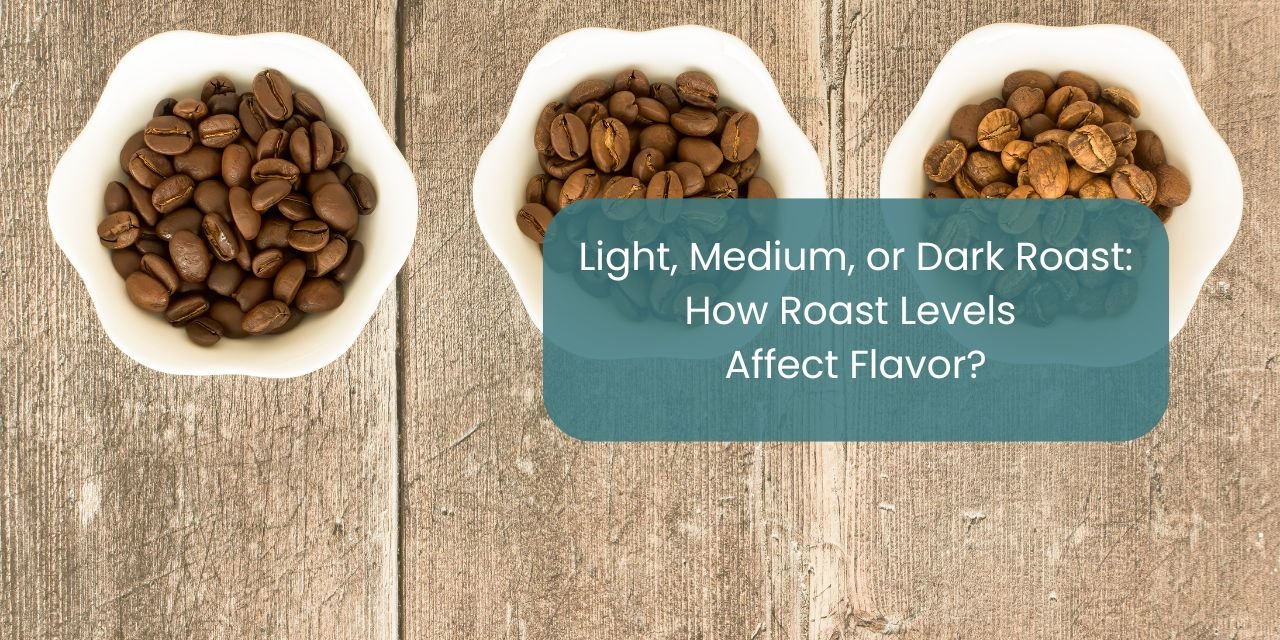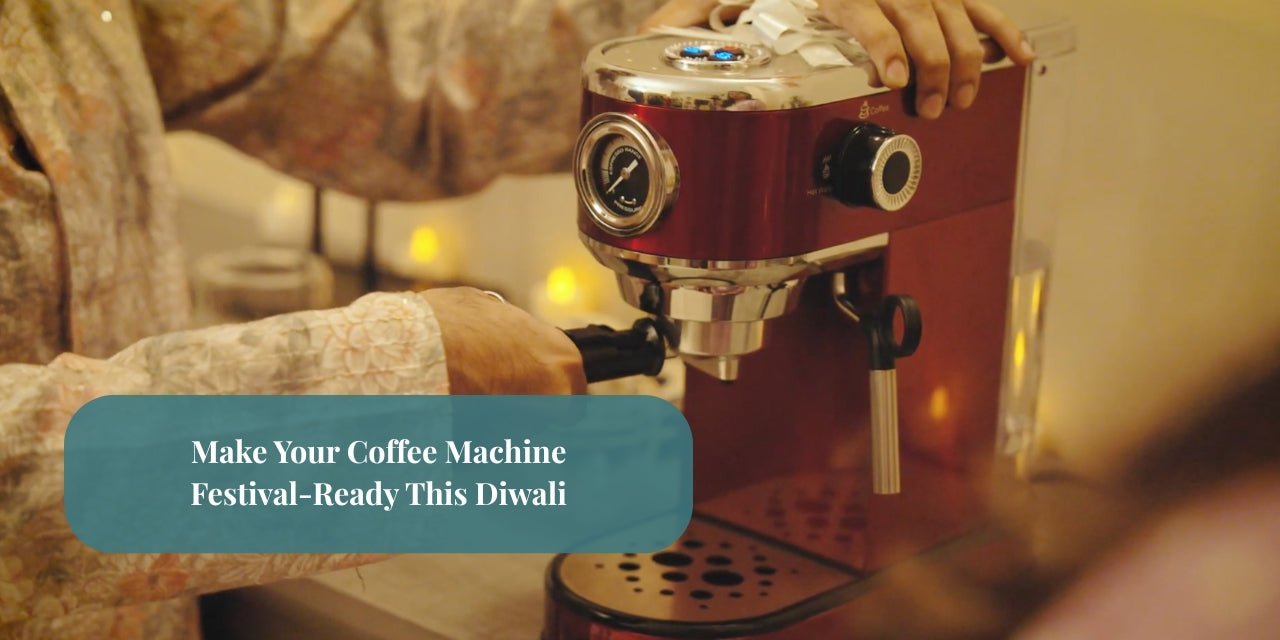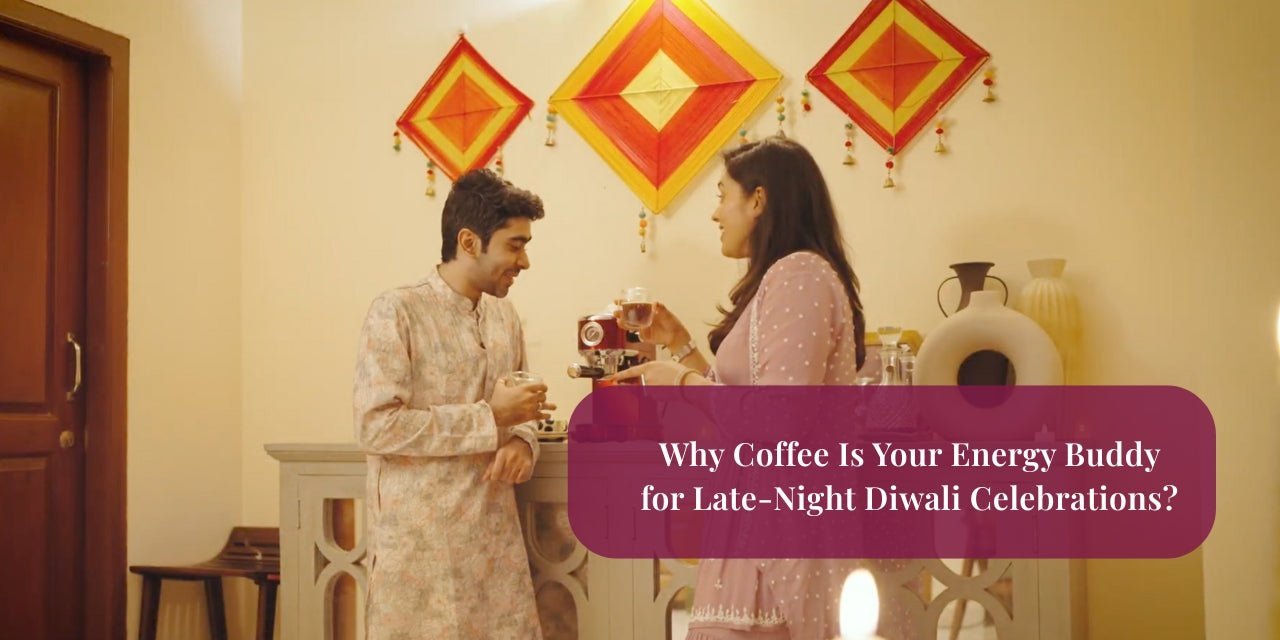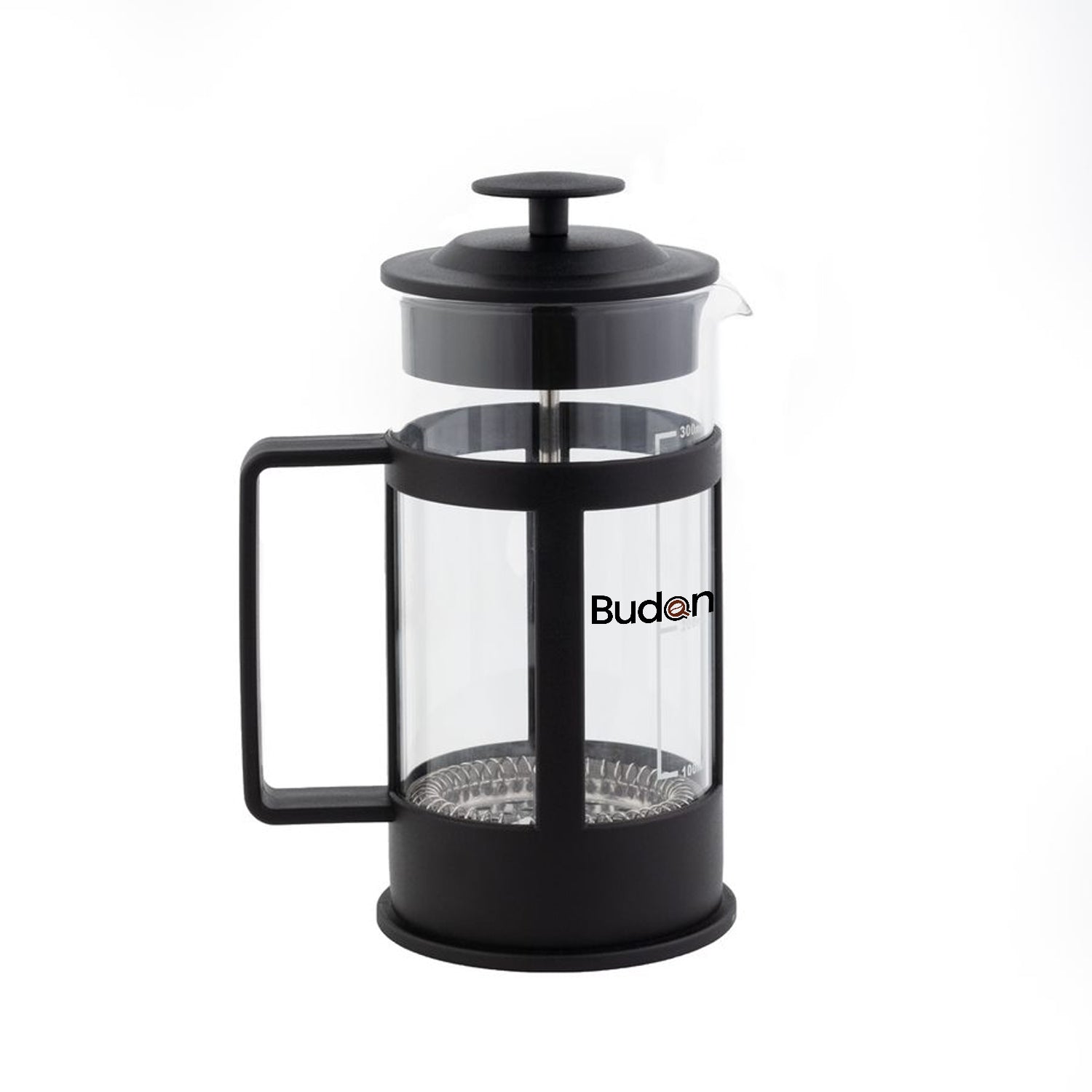For many coffee drinkers, the biggest choice seems to be between cappuccino or latte. But seasoned coffee lovers know there’s an even more important decision that shapes your cup: the roast level. Whether you prefer light, medium, or dark roast, the way coffee beans are roasted has a direct impact on flavor, aroma, body, and even caffeine content.
Understanding roast levels helps you choose beans that match your taste and brewing style. In this guide, we’ll explore the differences between light, medium, and dark roasts, how they affect flavor, and tips on choosing the right roast for your morning ritual.
What Happens During Roasting?
Coffee starts out as a green seed inside a cherry. Green beans have little flavor, so roasting is what transforms them into the aromatic, flavorful coffee we know and love.
During roasting, beans go through several key stages:
-
First Crack: The bean expands and cracks, releasing gases. Light roasts are typically stopped around this point.
-
Maillard Reaction: Complex sugars and proteins break down, creating caramelization and nutty, chocolatey notes.
-
Second Crack: Beans crack again as oils rise to the surface, common in dark roasts.
Each roast level highlights different flavors and characteristics in the beans.
Light Roast Coffee
Characteristics
-
Color: Light brown, dry surface (no oils visible).
-
Roast Temperature: Around 356–401°F (180–205°C).
-
Acidity: High, often bright and citrusy.
-
Body: Lighter, tea-like.
-
Caffeine: Slightly higher than darker roasts (though the difference is minor).
Flavor Profile
Light roasts preserve the bean’s natural flavors. Expect fruity, floral, and complex notes—perfect for single-origin beans that showcase regional characteristics.
Examples: Ethiopian light roast may taste like blueberries, while Colombian light roast might have citrus and caramel notes.
Best Brewing Methods
-
Pour-over (V60, Kalita): Accentuates clarity and brightness.
-
AeroPress: Allows flexibility in extraction.
-
Cold Brew (for unique fruit-forward notes).
Ideal for coffee drinkers who enjoy a bright, lively, and nuanced cup.
Medium Roast Coffee
Characteristics
-
Color: Medium brown, little to no oil on the surface.
-
Roast Temperature: Around 410–428°F (210–220°C).
-
Acidity: Balanced—less sharp than light roast.Body: Medium, rounder mouthfeel.
-
Caffeine: Slightly less than light roast but still substantial.
Flavor Profile
Medium roasts strike a balance between the bean’s natural flavors and the sweetness developed during roasting. They often feature chocolate, caramel, and nutty notes, while still retaining some fruitiness.
This is the most popular roast worldwide because it appeals to a wide audience.
Best Brewing Methods
-
Drip coffee makers: Bring out balance and sweetness.
-
French press: Enhances body.
-
Espresso: Produces smooth, well-rounded shots.
Ideal for those who want a versatile, balanced cup with both origin and roast flavors.
Dark Roast Coffee
Characteristics
-
Color: Dark brown to almost black, shiny with oils.
-
Roast Temperature: Around 464–482°F (240–250°C).
-
Acidity: Low, muted.
-
Body: Heavy, bold, sometimes smoky.
-
Caffeine: Slightly lower than lighter roasts (though the difference is minimal per serving).
Flavor Profile
Dark roasts highlight the flavors of the roasting process more than the bean’s origin. Expect bold notes of dark chocolate, caramelized sugar, and sometimes smoky or even bitter tones.
Well-known examples include French roast, Italian roast, and espresso blends.
Best Brewing Methods
-
Espresso: Delivers a bold, crema-rich shot.
-
Moka Pot: Brings out rich, robust flavors.
-
Cold Brew: Produces a smooth, chocolatey concentrate.
Light vs. Medium vs. Dark Roast: Key Differences
|
Roast Level |
Acidity |
Body |
Flavor Notes |
Best For |
|
Light Roast |
High, bright |
Light |
Fruity, floral, citrus |
Pour-over, AeroPress |
|
Medium Roast |
Balanced |
Medium |
Chocolate, nutty, caramel |
Drip, espresso, French press |
|
Dark Roast |
Low |
Heavy |
Smoky, bitter, dark chocolate |
Espresso, moka pot, cold brew |
Does Roast Level Affect Caffeine?
A common myth is that darker roasts have more caffeine because of their bold flavor. In reality, roast level has only a small effect on caffeine.
-
By Volume (scoops): Light roasts can have slightly more caffeine because they’re denser.
-
By Weight (grams): Caffeine levels are nearly identical across roast levels.
So the difference is negligible unless you measure by volume instead of weight.
Choosing the Right Roast for You
Pick Light Roast If:
-
You enjoy exploring origin flavors.
-
You like bright, fruity, floral notes.
-
You prefer manual brewing like pour-over.
Pick Medium Roast If:
-
You want a crowd-pleasing, balanced cup.
-
You drink coffee black or with milk.
-
You want versatility across brewing methods.
Pick Dark Roast If:
-
You like bold, strong flavors with low acidity.
-
You primarily brew espresso or moka pot.
-
You enjoy coffee with milk or sugar, where boldness cuts through.
Experimenting With Roast Levels
The beauty of coffee is in experimentation. Try a light roast Ethiopian in a pour-over for fruity brightness, then compare it with a dark roast Brazilian in a moka pot for a chocolatey, bold profile.
Keep a tasting journal to note:
-
Roast level
-
Brewing method
-
Flavor notes
-
Acidity and body
Over time, you’ll learn which roasts align with your taste preferences.
Final Thoughts
When it comes to light, medium, or dark roast, there’s no universally “best” option. The roast level simply determines how much of the bean’s natural flavor versus roast-driven flavor ends up in your cup.
-
Light roasts shine with fruity brightness and complexity.
-
Medium roasts balance sweetness and body with wide appeal.
-
Dark roasts deliver bold, smoky, full-bodied flavors.
By understanding roast levels, you can match beans to your preferred brewing style and flavor profile, turning your daily coffee into a personalized experience.


























